The Davidovian Games
The Davidovian games are one of the most famous games and sport events in all Yeia. They were games that brought together athletes from all the Davidovian peoples (Crorai, Kallians, Ikarians, Oronai and Seris) during the festivals dedicated to the mythical hero Davidion and Tyr Panematris (Tyr "mother of all peoples"). They were, alongside the Pharmian Games (celebrated in Pharme, Kingdom of Oronia) and the Poponian Games, celebrated in Popona, Blati) the most renowned games and with more public attendance. And, unlike the latter, only humans of Davidovian descent could participate here, although elves, tieflings of light and humans from other realms could attend as spectators.
Origins
The first davidovian games were organized in 877 BP. By then most of the Kallian plains was still under the control of the Kallian people. Meanwhile the Ikarian Empire had just begun finished the conquest of the Peninsula of Morya. On the other side of the Albine Mountains the different Oronai tribes became unified, thus founding the Kingdom of Oronia and across the Suris Strait, Seria would be divided into multiple warring kingdoms for another 200 years.
Due to the trade, the cultural and linguistic ties between these peoples and the awareness of a common past, it was decided to organize these games to honor the common origin of these peoples and to honor the legacy of the mythical heroes and the gods. The place chosen to host the games was located near the Lake Bareotis, the sacred lake of the goddess Tyr and the Altars of the Heroes where the heroes who went on to fight at the Siege of Dorstulon, the city of the Ten Wallsswore to help King Euron reconquer his lost kingdom, as well as the location of the temple to Tyr Panematris. Soon the place became an important sanctuary and pilgrimage center.
Organization
In the early days, with these states still in formation, it was concluded that each year there would be a “supervisor of the games” a person who would ensure the correct organization, the absence of corruption, that all religious rituals were correctly made etc.... This Supervisor was chosen from one of the 5 nations.
Aside from this supervisor there were five judges representing the five davidovian nations and who were the judges of all athletic competitions and also made sure that the nationality of each competitor was real (and that they were also free men). These judges were elected each 4 years.
The official language of the games was Classical Elvish, because it was the lingua franca of the region and because, despite all of these peoples were speakers of Davidovian languages there were some significant differences between some of them (like Seris and Ikarian, for example) , so having a common language made communication easier.
From the 4th and 3rd centuries BP onwards, due to the complete ikarianization of the peoples of the Kallian Plains and the exclusion of the Crorai from the games (due to their turn to dark magic), only three judges remained. Also during this time the supervisor was no longer chosen from among the 3 nations, instead the role was performed by a senator from Ikaria.
Events
The games lasted 7 days during which there were many events and competitions:First day
During the morning of the first day of the games, the athletes took the oath before the statue of Tyr Panematris in the presence of the judges and the supervisor. The athletes swore to compete fairly, to not kill the adversary in the fight or push him during the races. After the swearing of the Oath the athletics events began in the stadium. The first race was the 200 meters, this event was highly contested between the 5 participating nations. In the afternoon, the 400 meters took place, which was a complete lap around the stadium.
Second day
On the second day, archery and javelin throwing competitions took place in the morning. In the first, Seris and Oronai athletes traditionally dominated, in the latter case from the small islands of Edymna and Tyria. The Oronai Diomedes of Edymna, for example, won 3 consecutive years, while the Seris Eshin Togasharu from the city of Nibadapta was the uncontested winner for 5 years during the 4th century BP. In javelin throwing, as a general rule the best athletes generally came from Ikaria.
Discus throwing and Long jump competitions were held on the afternoon of the second day.
Third day
On the third day in the morning boxing matches and sword fighting were held. In this last modality, the competitors fought with helmets, greaves and shields and with small swords with very small tips. The fighting was generally first blood.
In the afternoon there was a competition that attracted quite a few spectators, which was a regatta on the shore of Lake Bareotis. These regattas also have an origin in mythology because according to a very ancient myth, during their honeymoon around Yeia, Abbon Shabai and the goddess Tyr first stop was a little island in the middle of Lake Bareotis where they had a little picnic and where Abbon Shabai played the flute to entertain his beautiful wife
.Fourth day
The fourth day was reserved all morning and part of the afternoon for Phanion, a ball sport. During the rest of the afternoon there were theatrical plays and the Armed Race. This was a version of the 200 and 400 meters races but this time the athletes were armed like if they were going to war.
In the first centuries, athletes were armed with the panoplies of their respective cultures. But in some cultures soldiers wore lighter armor than others. For example, the Seris were wearing lighter armor than the Ikarians, so they protested to the judges, and in the next edition it was decided that everyone would compete with bronze armor made in Ikaria and hoplite shields from Oronia which had the elephant and the cornucopia, symbols of the goddess Tyr, drawn on them.
Fifth and sith day
Seventh day and closing ceremony
The last day of the games was the day of the most anticipated competition; charriot races, which generated enormous stakes and was the most dangerous of all the competitions. Finally, part of the food and offerings that were accumulated in the treasuries of the 5 nations was offered to the gods and the other part was distributed among the spectators. Finally, a purple veil covered the entrance to the temple of Tyr, symbolizing the end of the games, but not before all the athletes had made libations before the altars of the heroes.
Rituals and traditions related to the games
During the games many religious rituals and traditions were perfomed. One of the most famous was the sacrifice of 20 cows, 40 sheep and 60 pigs in order to feed both the athletes and a large part of the public. Each animal was sacrified at the end of each event after which a ritual meal took place for all the participants of the event since the philosophy of the Games was not only to win and bring glory to your country but also to celebrate the common origin and the brotherhood among the Davidovian peoples, hence the existence of this banquet. The laughter and friendly conversations between the athletes of these countries were considered a tribute to their common ancestors.
After the construction of the small temple to the goddess Pyria with funds provided by the imperial families of Seria and Ikaria, a college of priests and priestesses was established whose function was to maintain the fire of the “Sacred Bonfire”. This bonfire was lit by the priests on the day the games began and symbolized the brotherhood between all the participating peoples. The bonfire was located in a courtyard attached to the temple and the vigil to maintain the fire was divided as follows from the 2nd century BP:
In the morning and afternoon, the priests of Ikaria and Oronia would be in charge of watching over the fire, while, at night, the priests and priestesses of Seria would be in charge of maintaining the fire of the Sacred Bonfire.
At the end of each edition of the Games, the ashes from the bonfie were sold in small ceramic pots called Tyzanes, decorated with the effigy of the goddess, since it was believed that the ashes were blessed by the goddess and that if they were scattered inside the house or the Tyzanes were kept inside them, these gave good luck and protected the home from diseases, thieves and all kinds of misfortunes. The money obtained from the sale was later used to purchase wood to light the Sacred Bonfire in the next games and to maintain the temple. As there was usually leftover ash, many pilgrims came in the years between each edition to pay their respects to the goddess and to buy the famous Tyzanes.
Another of the most famous traditions that attracted the most spectators was the singing of the Hymn to the goddess Tyr sung by all the athletes of Oronia. This tradition dates back to the 5th century BP, specifically to the year 472 BP, the year in which the Oronai won the battle of Elays against the Sephenians. According to legend, on the eve of the day of battle, King Perdiccas III had a dream in which the goddess appeared to him and placed a laurel wreath on his head and a palm leaf in his hand (symbols of victory) and the day of the battle was the day of the goddess, so Perdiccas ordered the soldiers to sing the hymn to the goddess to grant them victory. The Oronai won that day, and 2 years later he games were held and many of the Oronai athletes who participated had previously fought in the battle and, as a gesture of devotion, on the last day of the games they entered the temple and began to sing the hymn to Tyr as way of giving thanks to the goddess, something that shocked the public.
From that day on, in all editions of the games all the Oronai athletes sang the hymn in front of the statue of the goddess divided into rows, as in a hoplite formation.
We can also add that after the victory, King Perdiccas ordered to erect in the sanctuary a statue of an elephant, an animal associated with the goddess, completely covered in gold with an inscription that is still preserved and reads as follows:
“To the most noble, pious and resplendent Tyr, mother of all people, who is all goodness and beauty, King Perdiccas of Oronia and all the Oronai thanks her for the victory against the barbarians, may this donation serve to give you thanks, oh blessed mother, protector of all of us, the one who makes the flowers bloom and the crops that feed us abundant. May your goodness and affection shine forever in the company of our father, the lord of light, the wisest and most upright, the most loving of parents, and our mother, the lady of lightning and thunder, the divine judge. , and all the other gods who look after our well-being.“
Layout of the Sanctuary
At first, the place where the games were held was an open field around the Sanctuary where the participants camped.But starting in the 6th century BC with the Ikarian conquest of the area, the Sanctuary was embellished with new buildings,among them, a gymnasium, located on Mount Argos, a new athletics and horse racing track on the southern plain, in addition to the beautiful buildings of the Treasures and Residence of the participating countries.
These “Treasures” were like small temples erected in the style of each nation's architecture where all the offerings that the cities of those kingdoms sent to the Sanctuary and that were later offered to the Goddess were stored, normally amphorae with wine, fruits, silver statuettes or gold, inscriptions, works of art and even war trophies. In addition, each Treasure exhibited a bronze plaque with the names of the winners of their countries in the past editions of the games.
In 313 BP The emperors of Seria and Ikaria also financed the construction of the Temple of Pyria, whose statue was sculpted and brought directly from Seria; and in 135 BP two new temples were erected to the east of the temple of Tyr Panematris, one dedicated to Abbon Oddis (the guide), patron of pilgrims, and to Zerah Brythia (Zerah the Righteous), who would judge those accused of cheating, who To avoid their divine wrath, they had to make an expensive sacrifice to the gods or donate a good sum of money to the Sanctuary.
Decline, disappearance and attempts to recreate them
The decline of the games coincided with the decline of the Ikarian Empire itself, host of the games for many centuries. Despite invasions and civil wars, the games continued to be organized effectively and peacefully until the middle of the 4th century AP. But following the dissastrous civil wars of the late 4th century and the beginning of the barbarian invasions into Ikarian lands, hosting the games and travelling to Ikaria was no longer safe. And of course, after the fall of Ikaria in 460 AP and the continuation of the Empire in the form of the Blatian Empire, the native Blatians were more worried about driving the barbarians out of their homeland than to organize the games.
The Seris tried to organized a version of the Davidovian games from 430 to 521 AP but it was a complete failure, as only a dozen of athletes arrived from the Blatian territories and from Oronia. The Oronai too tried to host its own version of the games in 580 AP but no Seris and a very few Blatians from the kingdom of Bovoria took part in the games.
Most recently as the Blatian Empire emerged as a great power, reconquering all the lands occupied by the barbarians, there has been some attempts to recreate the games at the original site (that was mostly abandoned, aside from the temples (for example the Treasuries were used as grain silos or stables for hundreds of years by the locals) . The most recent new Davidovian games were hold in 815 AP, and this time, half elves were allowed to take part in as well as well as the other Oronai kingdoms of Steplia and Sylvania and members of the royal family of Wesdaland and some noble families from that kingdom that are predominantly of Seris descent.

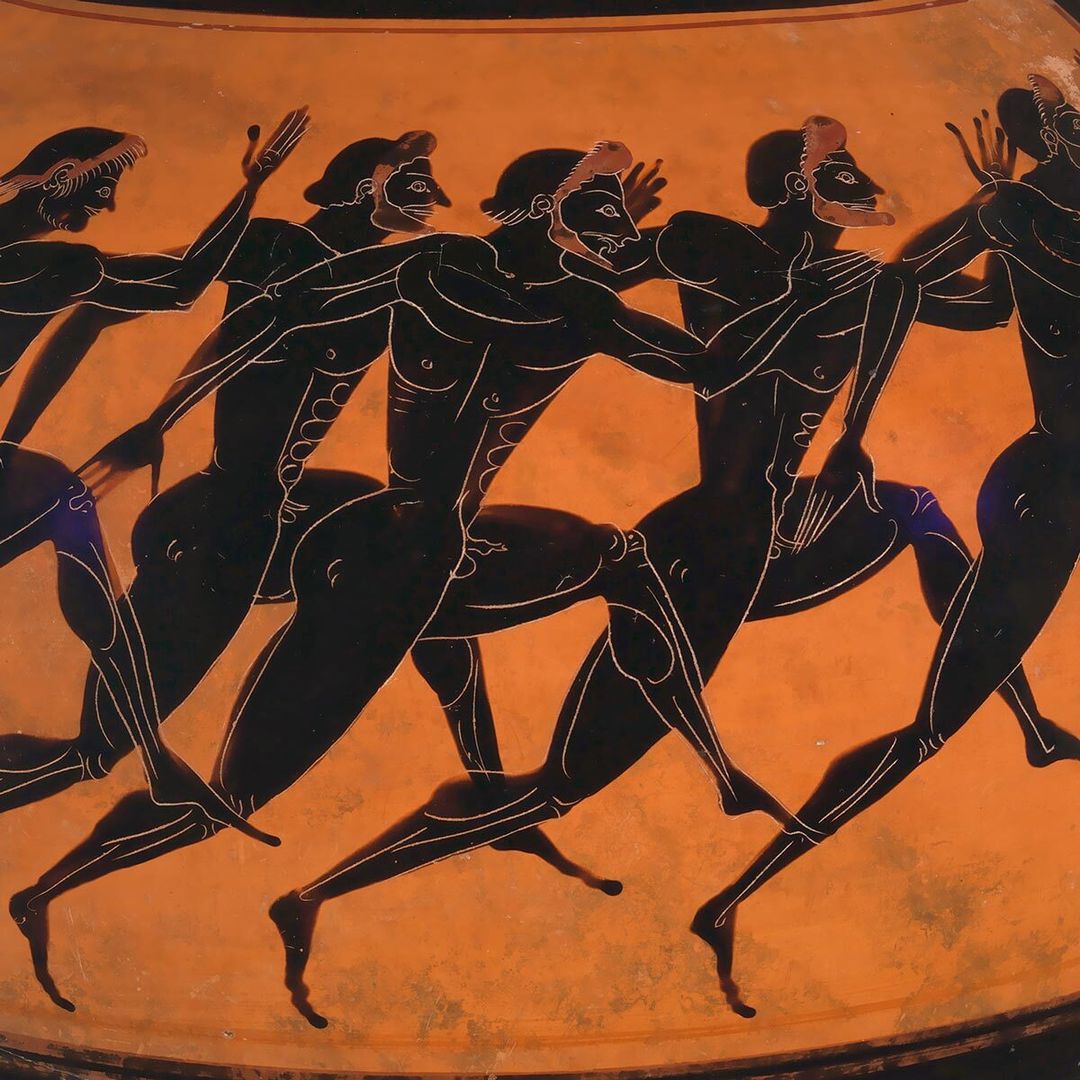
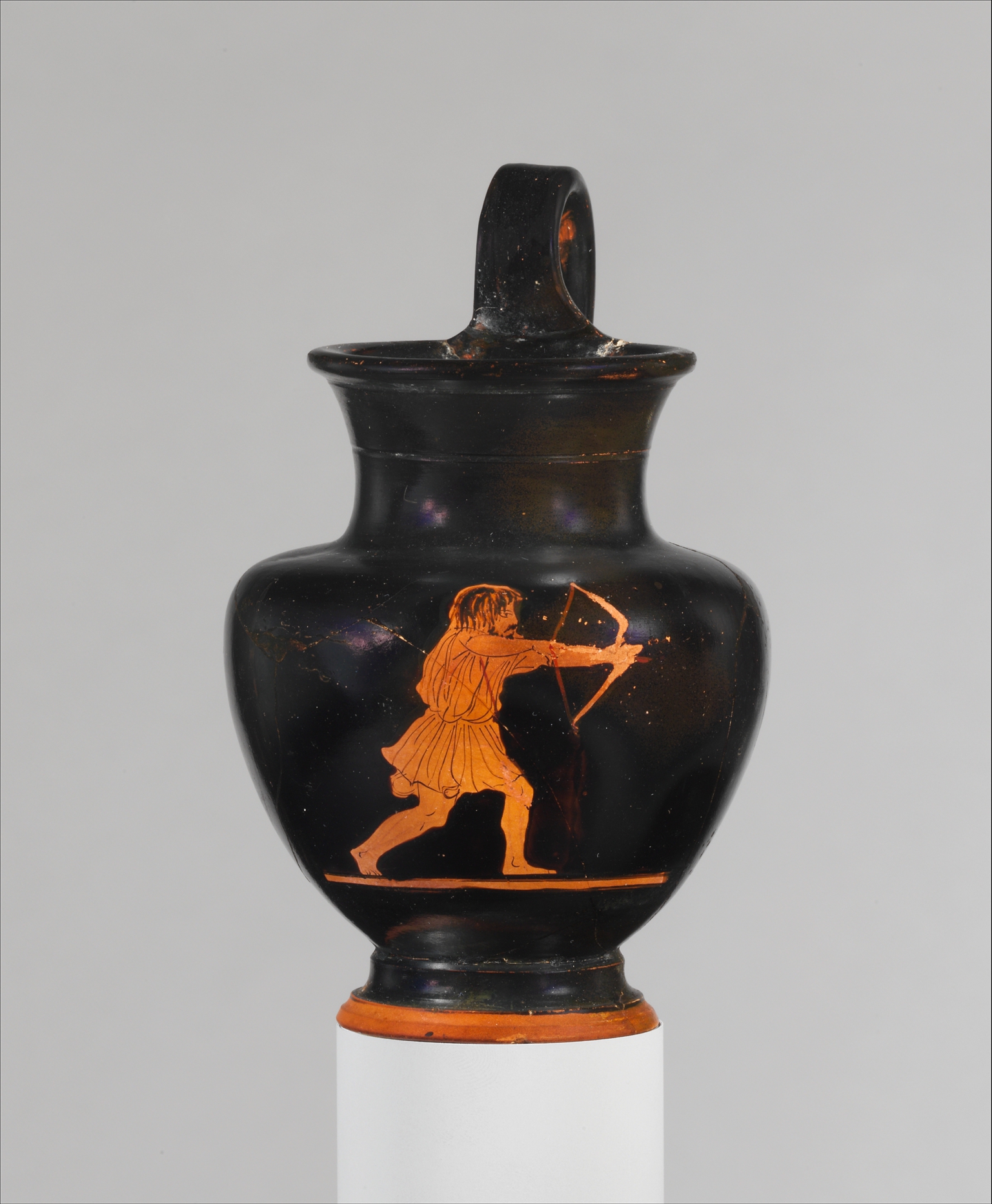
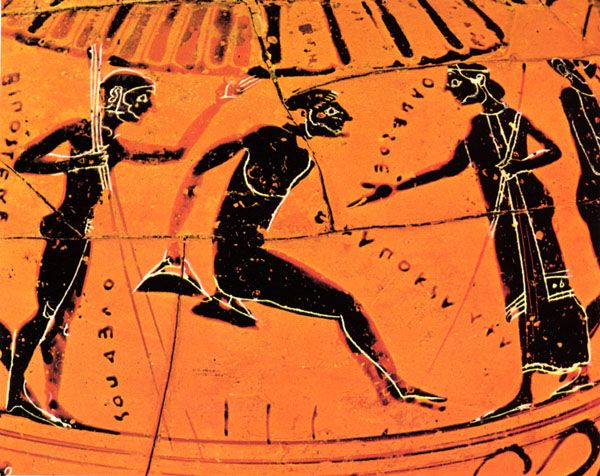
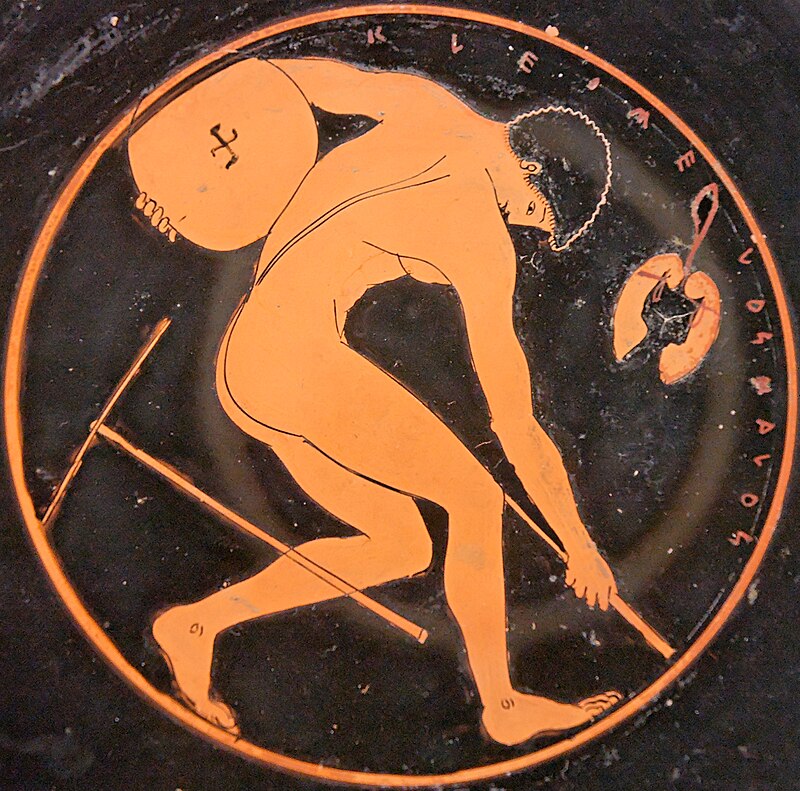
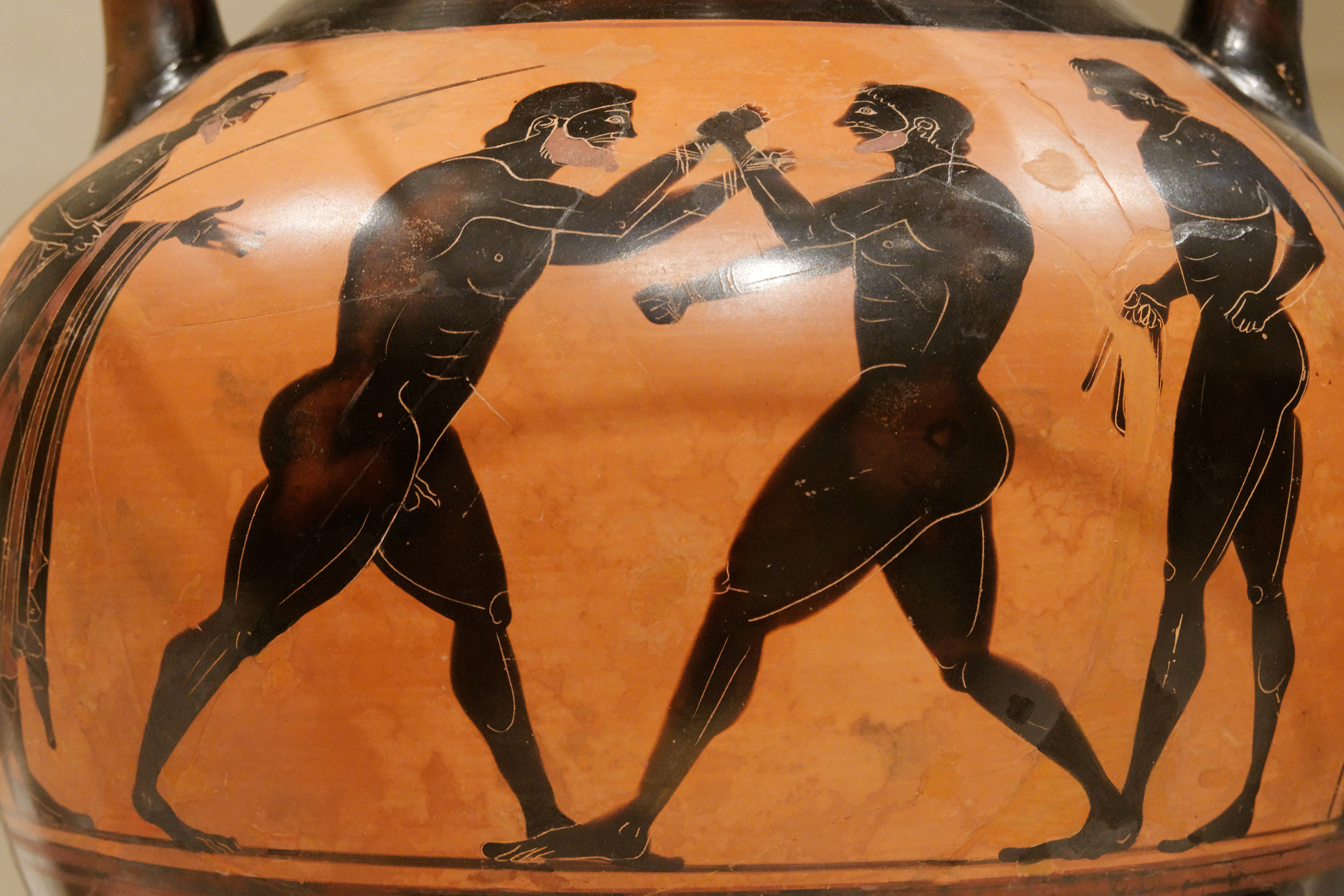
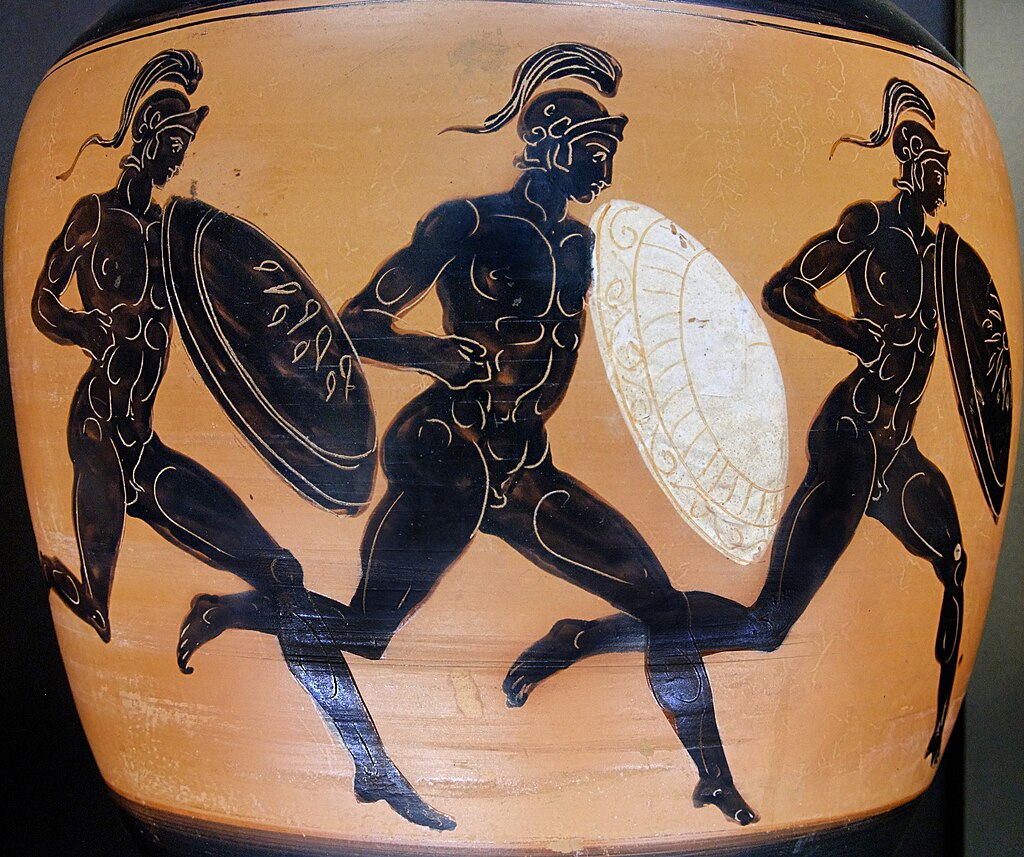
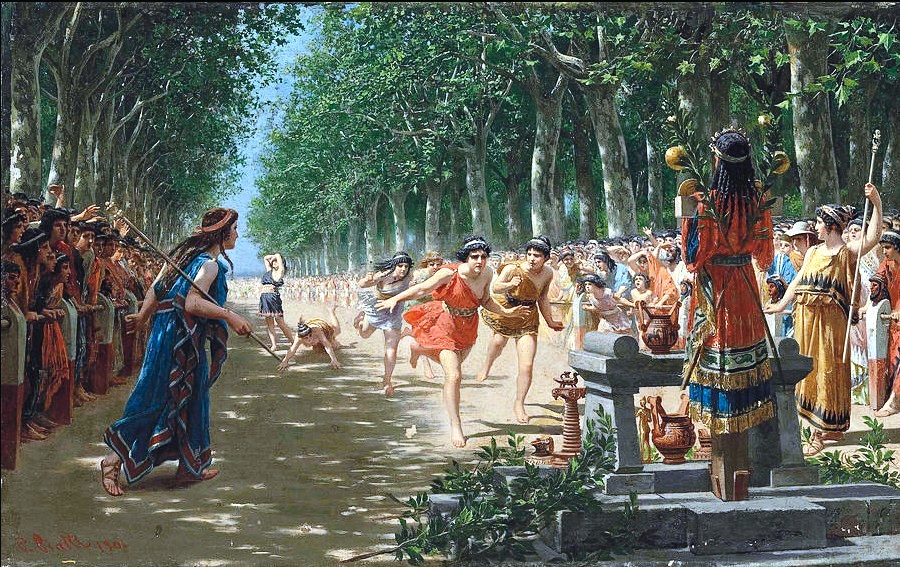
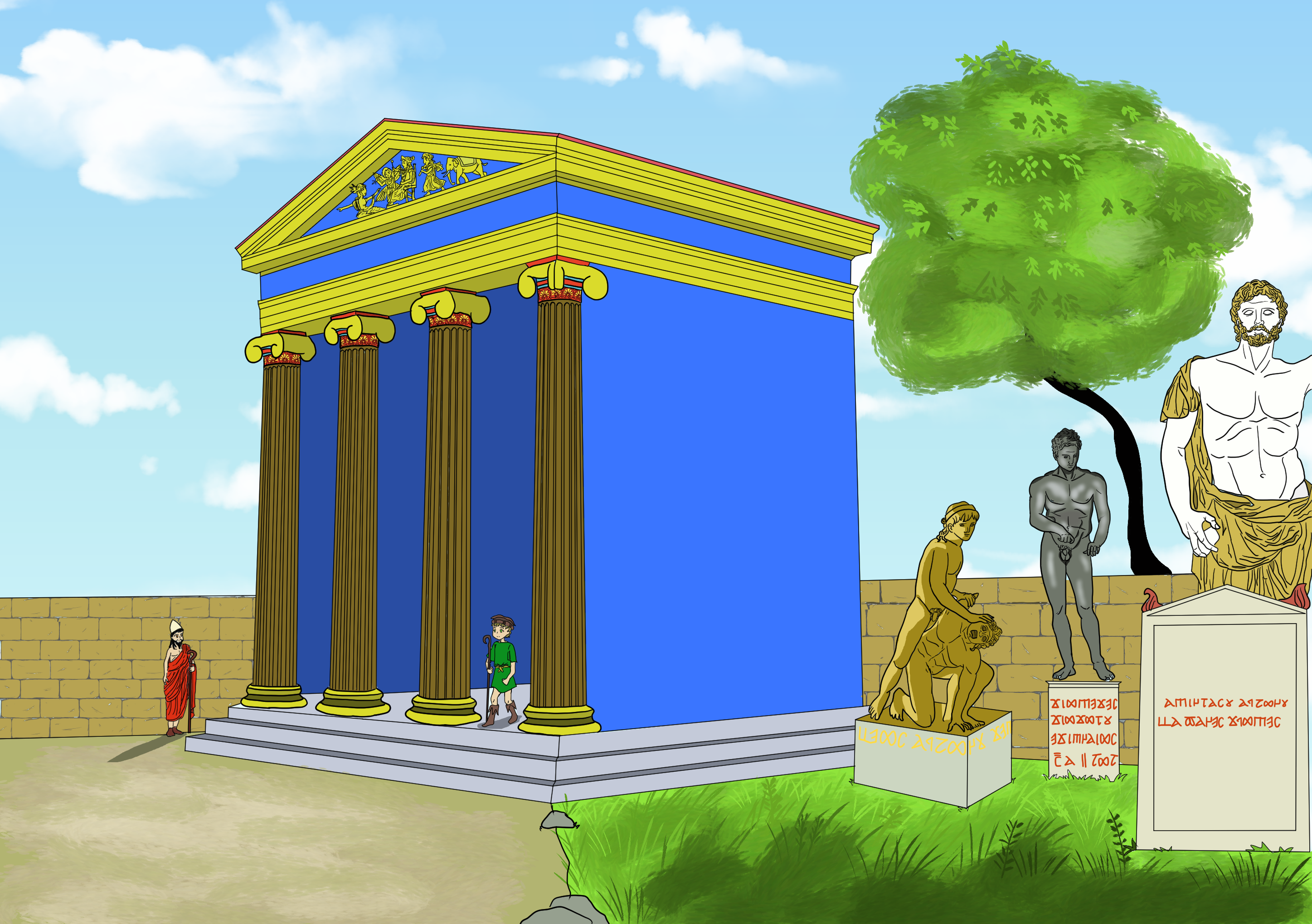

Great overview of this tradition. I enjoyed reading about all the different days and what events took place. Nice the women got their own day too. Sad they are no longer really held though. :(
Sorry for the late answer as always, Thank you Emy!! . I hope it was easier to read!. Well, give the Blatians some time and enough political stability and their attempt of recreate the games might work! hehe ;)